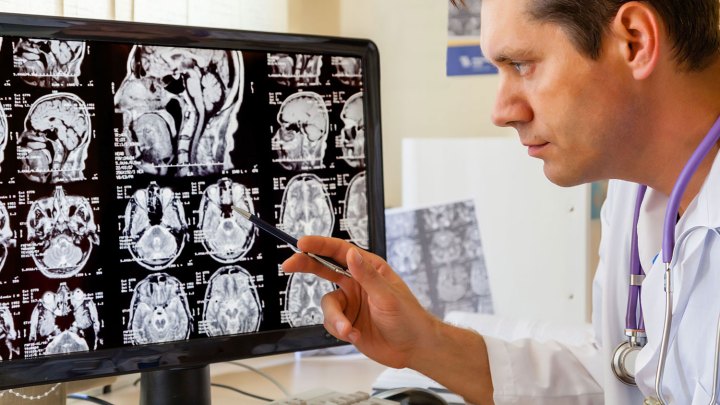
That may be changing thanks to new rapid fMRI technology, capable of detecting brain oscillations around 10 times faster than previously possible. This is possible using the same MRI scanner, but by utilizing a new pulse sequence technique — a bit like an over-the-air software upgrade that doesn’t require any change in hardware.
In a new study carried out at Harvard Medical School and the Center for Biomedical Imaging, Massachusetts General Hospital, researchers applied this fast fMRI tech in an attempt to track brain activity during human thought for the first time.
The results could help neuroscientists drill down far more accurately on brain activity, to not just find broad trends in fMRI data, but specific insights into the way the brain acts at various times — including hard-to-measure ones like under anesthesia and during hallucinations.
“Right now, we can say whether a picture prompts an emotional response in someone,” Laura D. Lewis, first author on the paper, told Digital Trends. “We hope that maybe using this technology it will be possible to disambiguate a cascade of things that are happening. Instead of just saying, ‘here’s a reaction’ you can work out an exact sequence. You can start to tease out all of the different processes that are involved. It will be challenging, but we think that’s where this research is headed.”
Given the massive advances fMRI data has so far led to in our understanding of the brain, it’s certainly an exciting development. “At present, to decode brain activity people do an hourlong scan and then average everything out to create a summary report,” Lewis said. “You can imagine that using this technique you can be sensitive to changes which are happening from second to second.”
Next up? Expanding the study to hopefully receive even more rapid feedback from the brain.
“We want to know how fast we can go,” Lewis concluded. “We’ve gone to a certain speed in this study, but maybe we can push even further. One question is what the limit is for this technology. Biology will ultimately tell us that.”


